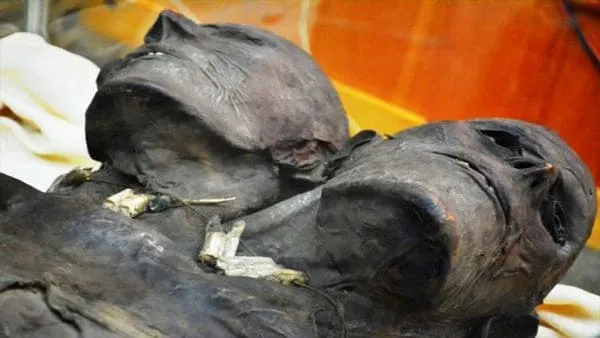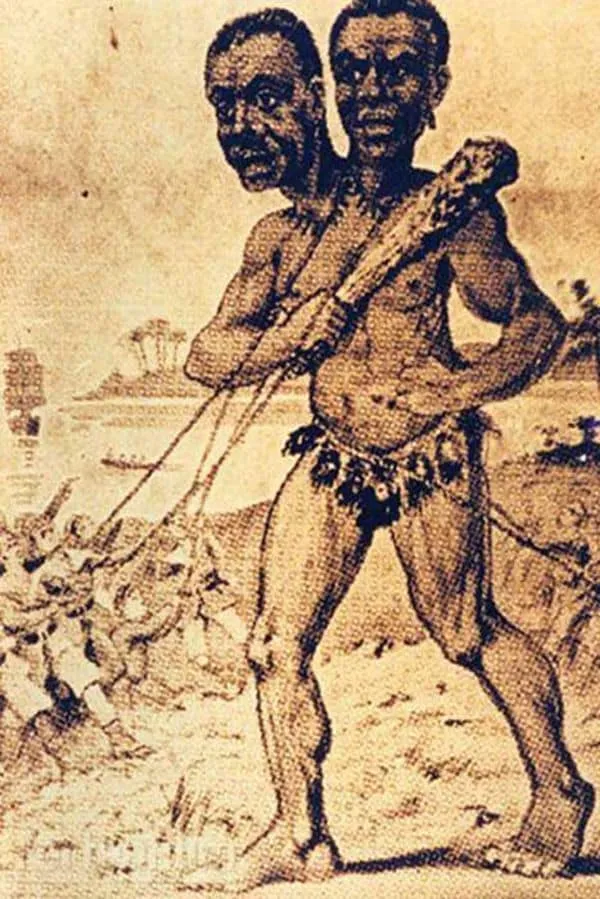In an American museum lie the remains of man of 3.66 m that, they say, has South American origin. A tour of the legends that were forged around him

A small Baltimore museum in the US, or rather a "store of horror", preserves the mummified remains of a 3.66 meter giant with two heads, which they claim would have Patagonian origin.
To understand the beginning of the legend we must go back centuries, when the Portuguese sailor Fernando de Magallanes reached the Patagonian coasts between 1510 and 1520, in search of a passage between the Atlantic and the Pacific, a passage that today bears his name. But that journey not only served to find the famous strait but to place this part of the world as one of the epicenters of "gigantic" life.

Antonio Pigafetta, a loyal sailor to Magellan, wrote in the log of the voyage: "We saw near the beach (in Tierra del Fuego) a man who was so big that our head was barely at his waist." They called them "Patagones", some historians assert that the nomination comes from the oversized size of their feet, others that arises from a popular novel at that time, Primaleón, that included a race of savages called Patagonians. For one reason or another, from there derives the name Patagonia.
The point is that, giants or not, Patagonia was set on fire by these legends and there is a particular story that places this region of the world as the progenitor of a unique phenomenon: Kap Dwa, the giant with two heads.
The reality is that there is no reliable document of the time that helps to verify the origin of this being and its existence - or appearance - is based on two stories.
According to the first, Kap Dwa was found by Spanish sailors more than a century after Magellan's visit, around 1670, on a southern beach. He was then captured and taken to a ship, where he was tied to a mast; Was able to escape the bonds and began to fight for his freedom, but ended up dead due to a spear that crossed his chest.
It was mummified to reach the shores of Great Britain, where it was a fair phenomenon, and later, as early as the 19th century, it reached the United States where it continued its route as circus rarity.
The second story states that the giant was found dead on a beach with a spear in his chest. According to this version, his origin would be Paraguay, where the natives mummified his body and worshiped until George Bickle, captain of a British schooner Olive Branch, knew the history and stole the corpse to transport it to the United Kingdom.
In 1914, after passing from one show fair to another, the remains ended at the Birnbeck Pier in Weston, USA, where it was shown for 45 years until Lord Thomas Howard bought the remains in 1959. This, the second version, Belongs to Robert Gerber, a North American collector of rarities, who today owns the body, and who every day passes in front of the showcase that protects of Kap Dwa, in its his store of horrors known as Bob's Side Show.